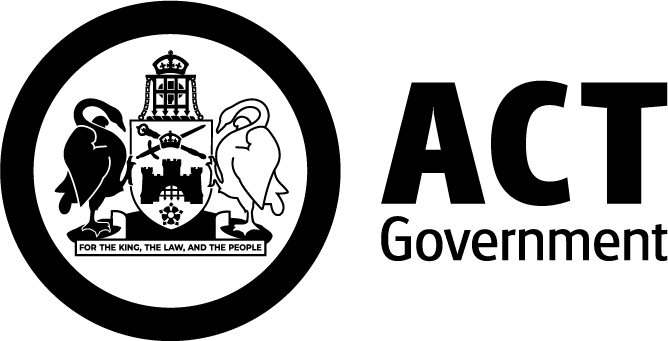Brush-tailed Rock-wallaby (Petrogale penicillata)

Description
- This wallaby is one of 16 known rock-wallaby species.
- It has a distinctive dark-coloured tail that's longer than its head and body combined.
- Its tail looks like a brush at its tip.
- The wallaby has strong and muscular hindquarters and patterned soles.
- They typically live together in small colonies, or groups, with 4 to 10 related females and 1 dominant male.
- Each female may have up to 10 offspring during an 8-year reproductive period.
The Brush-tailed Rock-wallaby is the ACT’s mammal emblem that currently only occurs in captivity. It current lives behind predator proof enclosures in the ACT at Tidbinbilla Nature Reserve.
Find out more about the Brush-tailed Rock-wallaby on Canberra NatureMapr.
Where to find them
The Brush-tailed Rock-wallaby lives in rugged terrain, preferring areas with ledges, caves, and passageways where they can bask in the sun or hide in. They graze on nearby grass, forbs, and herbs.
The species used to be widespread in the mountainous country of south-eastern Australia from southern Queensland to Victoria.
The Brush-tailed Rock-wallaby may have recently become extinct in the wild in the ACT. It was last seen in 1959 at Tidbinbilla Nature Reserve.
Conservation threats
The main threats to this species include:
- climate change
- invasive species, particularly predation by the Red Fox
- habitat loss, disturbance or modification
- disease.
Conservation status
- National – Vulnerable (Environment Protection and Biodiversity Conservation Act 1999).
- Australian Capital Territory – Endangered (Nature Conservation Act 2014), Special Protection Status Species (Nature Conservation Act 2014).
Conservation actions
Conservation actions aim to:
- support conservation efforts for the species with other state and national recovery teams
- research why the species became extinct in the ACT to advise on conservation approaches
- make it possible to reintroduce the species locally.
Conservation actions within the ACT
The ACT Government has undertaken two significant actions to protect and recover this species, focussing on the critically endangered southern population.
Action 1: captive breeding program
- This program started in the mid-1990s.
- Animals produced by the breeding program have been used in reintroductions in Victoria.
- The breeding program has shifted its focus from increasing the number of animals quickly to a more intensive program designed to increase the genetic diversity of the southern population.
- The low genetic diversity of this unique population is not enough to ensure this population’s persistence in the long-term.
Action 2: Sanctuary at Tidbinbilla Nature Reserve
- Here, animals produced by the breeding program live in a 120 hectare safe haven.
- They're protected from threats, particularly predation by the Red Fox.
- The population of genetically robust animals provides insurance against extinction in the wild.
- They’re a source for recovery actions aimed at getting this species back into the landscape where they’re traditionally found.
